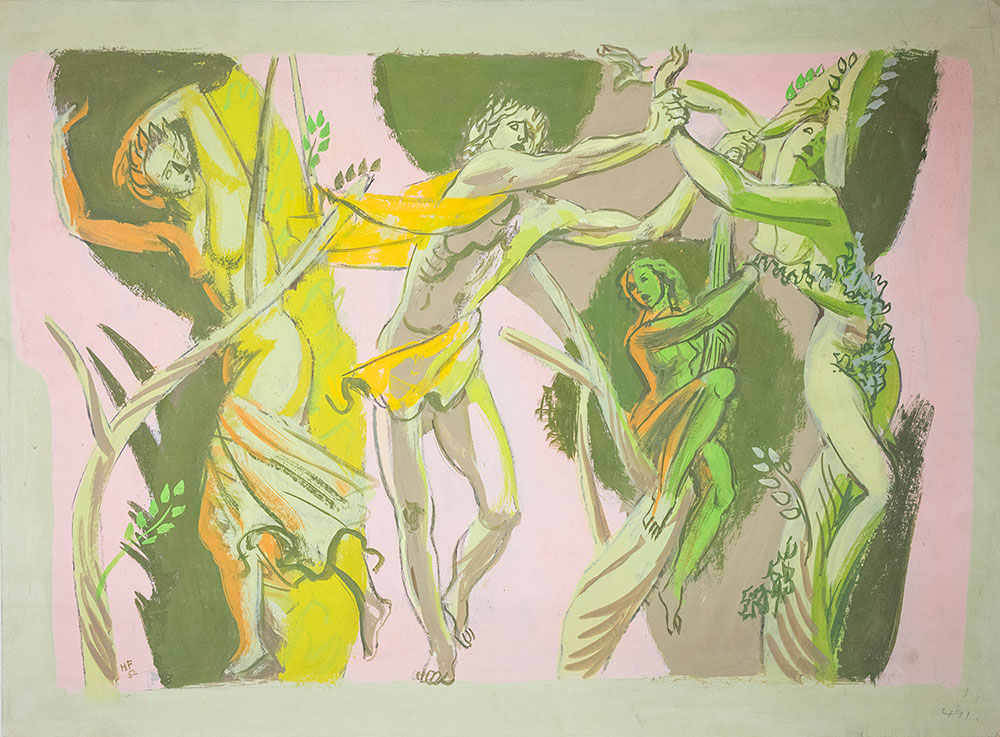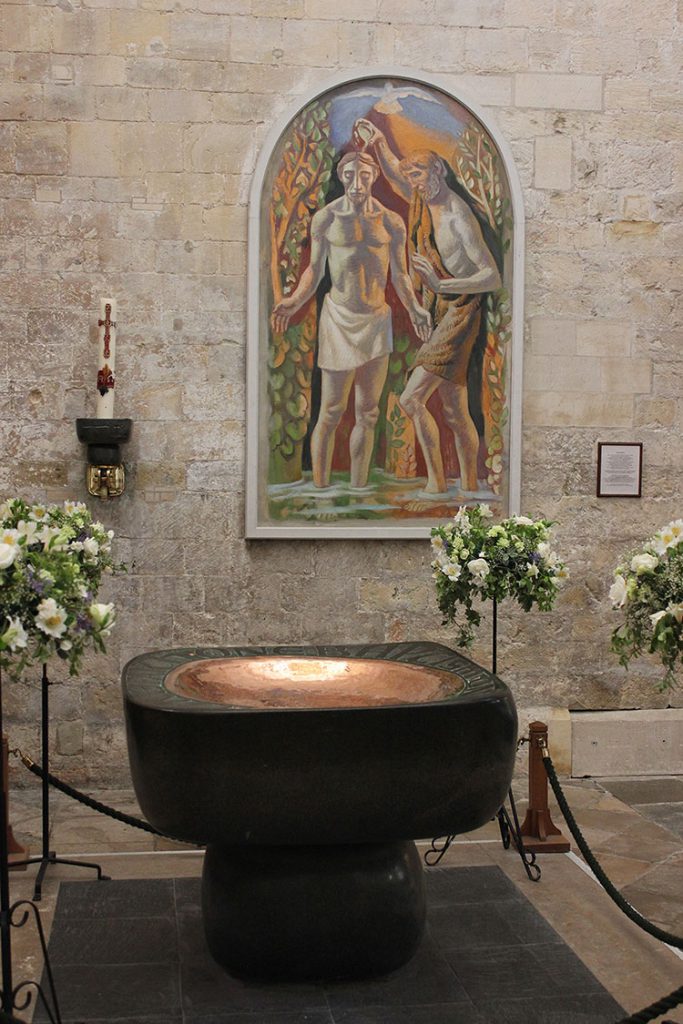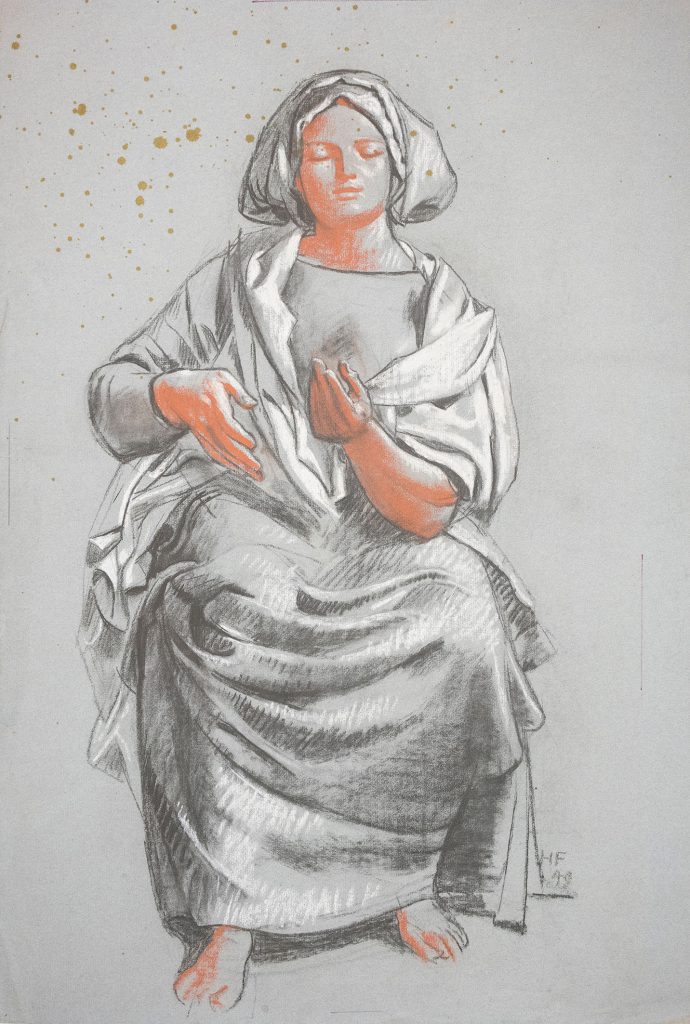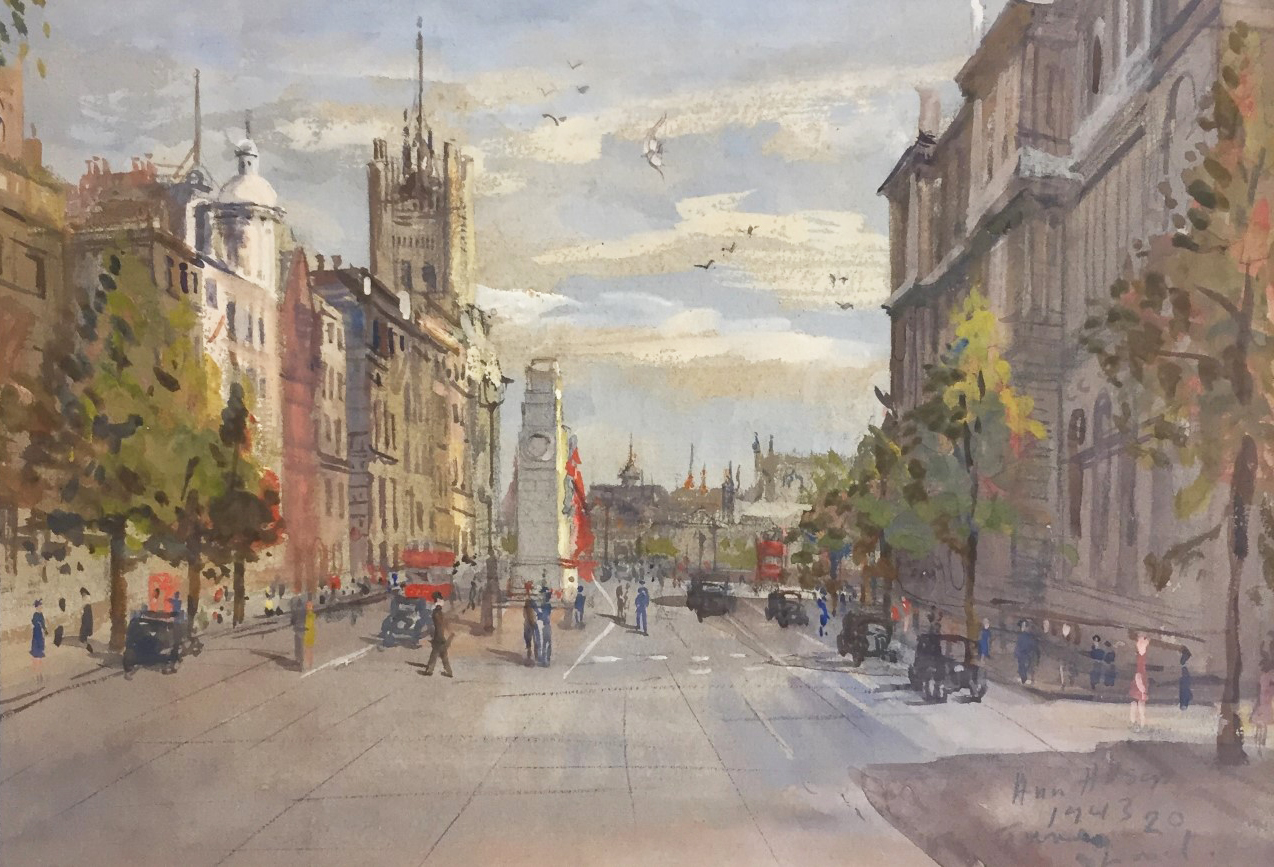
The Jewish artist and refugee, Hans Feibusch fled persecution in Nazi Germany and found a place of refuge in England. Against the shadow of our nation’s shared and shocking experience of war across two generations he wrote in 1944 “The men who come home from the war, and all the rest of us, have seen too much horror and evil; when we close our eyes terrible sights haunt us; the world is seething with bestiality; and it is all man’s doing. Only the most profound, tragic, moving and sublime vision can redeem us. The voice of the Church should be heard loud over the thunderstorm; and the artist should be her mouth piece as of old.”
Feibusch and many other artists working in Britain during this period were seeking to give voice to hope and reconciliation
Sometimes world events can seem overwhelming and filled with evil. It can be difficult to see how we can effect any change and we can feel defeated. And yet it is vital that we strive to work for the common good in love and service to others where we stand. The more of us who set ourselves to this task, wherever we draw our inspiration from, the more we are united like the joining of dots in a dot-to-dot picture of unimaginable scale and we push evil back.
Families, communities and nations are bound together by their common stories both of joys and sorrows. We are a processional nation and one of the central markers of our year is Remembrance.
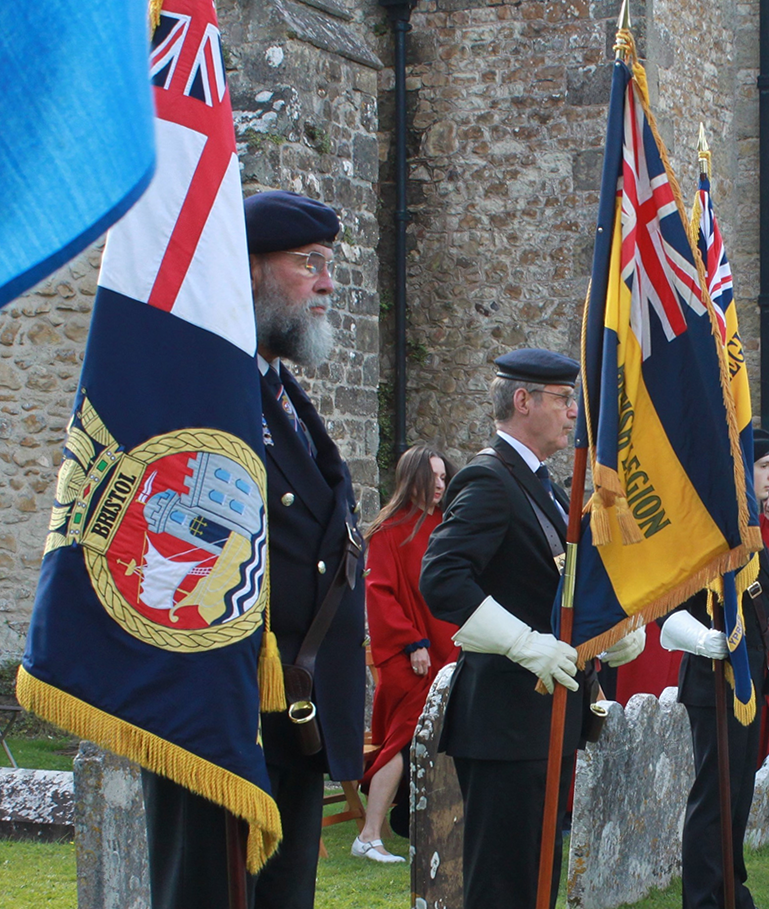
God willing we will gather peacefully and with reverence at the Cenotaph in London and across the country to once again reflect upon the costs of defending righteousness, freedom and liberty. Giving thanks for our allies we will pray for reconciliation and peace in our time.
In churches across Britain, Europe and America the common story which unites us will be expressed in services of Remembrance and thanksgiving.
These familiar bidding words will be heard:
“We have come to remember before God those who have died for their country in the two world wars and the many conflicts of the years that have followed. Some we knew and loved: we treasure their memory still. Others are unknown to us: to their remembrance too, we give our time…With thanksgiving we recall services offered and sacrifices made…”
I hope that each of us will be able to find time in this Remembrance weekend to reflect, offering thanks and prayers for their courage and sacrifice.
